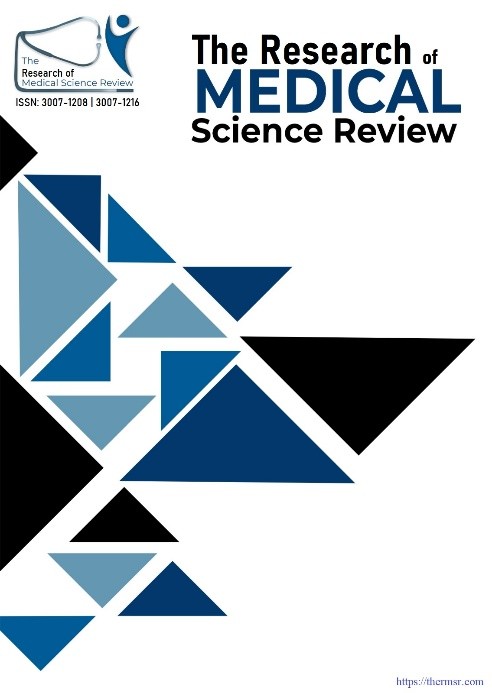PATHOGENIC DIVERSITY IN PATIENTS ADMITTED WITH INFECTIVE EXACERBATION OF BRONCHIECTASIS IN LADY READING HOSPITAL CHEST WARD
Main Article Content
Abstract
BACKGROUND: Bronchiectasis is a chronic airway disease characterized by irreversible bronchial dilatation and recurrent respiratory infections. Infective exacerbations significantly contribute to morbidity, often necessitating hospitalization and antibiotic therapy. Although microbial pathogens play a key role in these exacerbations, there is limited local data on their distribution in Pakistan.
OBJECTIVE: To determine the pathogenic diversity in patients presenting with infective exacerbation of bronchiectasis.
METHODS: This cross-sectional study was conducted over six months in the Department of Pulmonology, Lady Reading Hospital, Peshawar. A total of 381 patients aged 30–60 years with clinically defined infective exacerbation of bronchiectasis were included through non-probability consecutive sampling. Patients with recent antibiotic use, overlapping respiratory conditions, or immunocompromised states were excluded. Early morning sputum samples were collected and cultured using standard microbiological techniques. Microorganisms identified included Haemophilus influenzae, Pseudomonas aeruginosa, Moraxella catarrhalis, Streptococcus pneumoniae, Staphylococcus aureus, Aspergillus spp., and Escherichia coli. Demographic and clinical characteristics were recorded. Data were analyzed using SPSS v26, with frequencies, percentages, and chi-square/Fisher’s exact tests applied for post-stratification. A p-value ≤0.05 was considered statistically significant.
RESULTS: Among the 381 patients, the most commonly isolated pathogen was Haemophilus influenzae (37.3%), followed by Pseudomonas aeruginosa (33.6%), Moraxella catarrhalis (17.6%), and Streptococcus pneumoniae (15.5%). Less frequently isolated organisms included Staphylococcus aureus (11%), Aspergillus spp. (9.4%), and Escherichia coli (7.3%). Statistically significant associations were found between pathogen distribution and patient age (p=0.041), presence of diabetes mellitus (p=0.021), and duration of bronchiectasis (p=0.032). No significant relationship was observed with gender, education, residential status, BMI, or hypertension.
CONCLUSION: This study highlights a diverse microbial spectrum in patients with infective exacerbation of bronchiectasis, with Haemophilus influenzae and Pseudomonas aeruginosa being the predominant pathogens. The findings emphasize the importance of local microbial surveillance to guide targeted antibiotic therapy and reduce reliance on empirical treatment. Such data are vital for improving clinical outcomes and informing regional treatment guidelines.
Downloads
Article Details
Section

This work is licensed under a Creative Commons Attribution-NonCommercial-NoDerivatives 4.0 International License.
